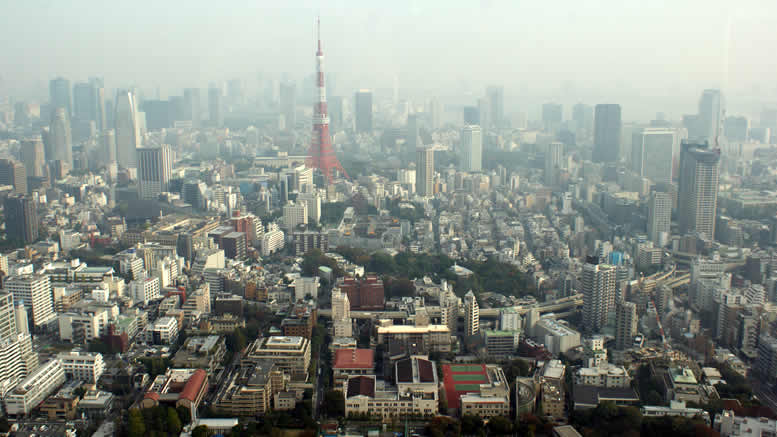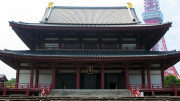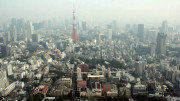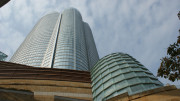Roppongi is best known as Tokyo’s nightlife hub, particularly popular with Western expatriates living in or visiting the city.

Roppongi’s reputation as a nightlife destination dates back to the late 1800s, when the Japanese Imperial Army was stationed in the area. After World War II, the neighbourhood was heavily damaged and later became home to the American military presence in Tokyo. As bars and shops were rebuilt, they began catering to the growing number of Western patrons — a trend that continues to this day.
Most of the action happens on or around the main street, Gaien Higashi Dori. Hundreds of bars line the streets and occupy multiple floors in Roppongi’s buildings. Western brands such as Hard Rock Cafe, Wolfgang Puck, TGI Friday’s, and Tony Roma’s have capitalised on the area’s expat community and established locations here.
That said, Roppongi does have a seedier side, with some venues offering lewd entertainment or operating as traditional Japanese hostess bars. These places often rely on touts — individuals standing on the street — to attract customers. If you want to avoid paying ¥7,000 ($50 AUD) for a single beer, it’s best to steer clear of these establishments and stick to more open and reputable bars on the main streets. Hostess bars are a uniquely Japanese experience, typically frequented by wealthy businessmen. While they do not involve nudity (unlike strip clubs), they are known for their high cover charges and expensive drinks, where female staff entertain and serve customers at their table.
In recent years, large-scale developments like Tokyo Midtown and Roppongi Hills — which include luxury apartments, shopping, and entertainment — have helped reshape the district’s image, bringing in more family-friendly and sophisticated nightlife options.
Roppongi is also within walking distance (10 to 15 minutes) of Tokyo Tower and Zojoji Temple, both of which are well worth a visit. You can reach Roppongi Station via the Tokyo Metro Hibiya Line (H03) or the Toei Oedo Line (E23). For Tokyo Tower, the closest station is Akabanebashi Station on the Toei Oedo Line (E21). If you’re coming from the JR Yamanote Line, you’ll need to transfer to the Hibiya Line at Ebisu Station (H02) or to the Oedo Line at Daimon Station (E20), located across from Hamamatsucho Station on the Yamanote Line.




